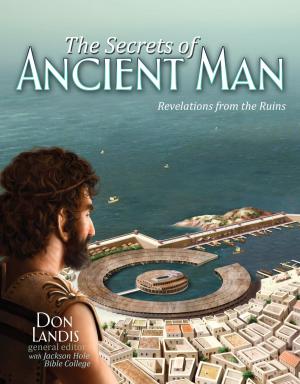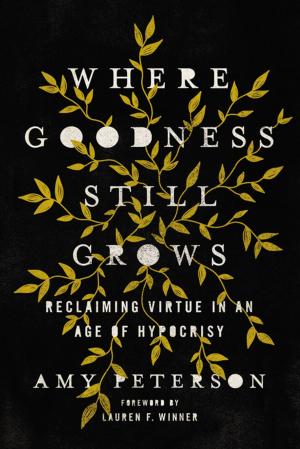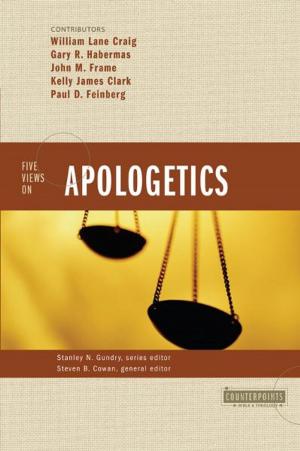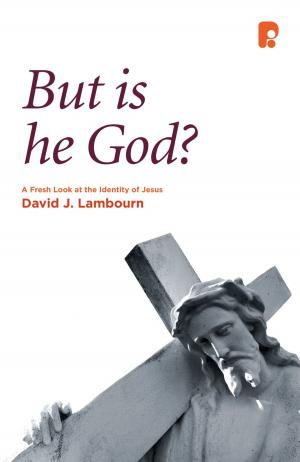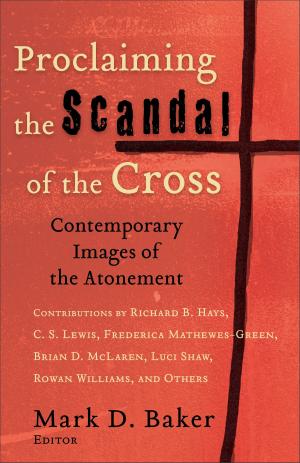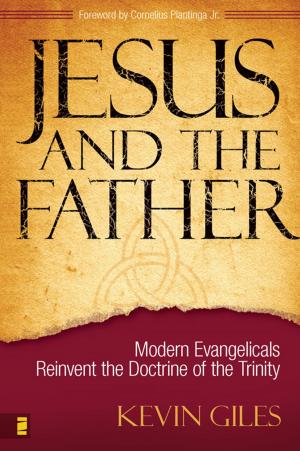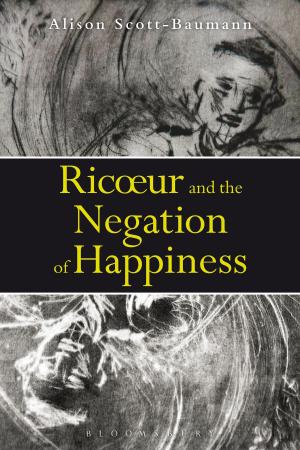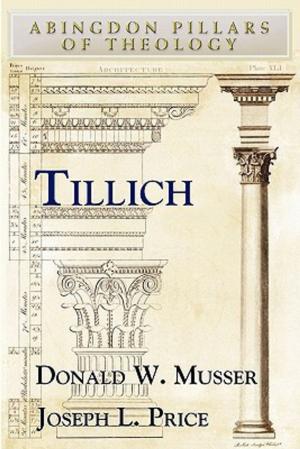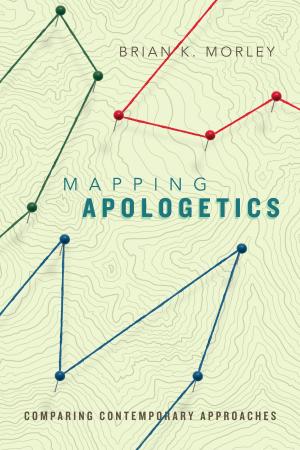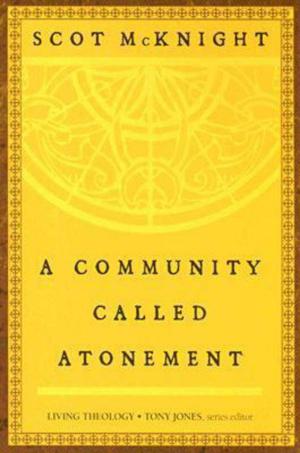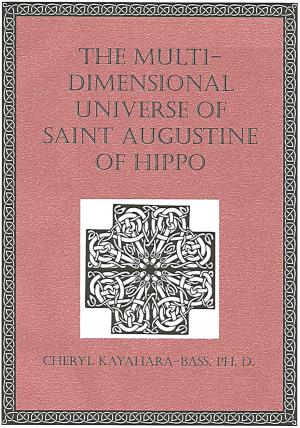God and Man in Christ
Nonfiction, Religion & Spirituality, Christianity, Church, Orthodox Churches, Christian Literature, Theology| Author: | Dimitrios Porpatonelis | ISBN: | 9781300891864 |
| Publisher: | Dimitrios Porpatonelis | Publication: | April 4, 2013 |
| Imprint: | Language: | English |
| Author: | Dimitrios Porpatonelis |
| ISBN: | 9781300891864 |
| Publisher: | Dimitrios Porpatonelis |
| Publication: | April 4, 2013 |
| Imprint: | |
| Language: | English |
Who is Christ? A Man, a God, or both? He is a God-man, but what does this name really mean? How do divine and human nature unite in one person? And how is it possible for a God to be hungry, thirsty or pray with agony and finally be crucified? Did God indwell to a human being and abandon that human being during the crucifixion? How do the answers of these questions about Christ impact our faith? These contemporary questions initially appeared in the 4th century, and Saint Cyril, bishop of Alexandria, responded by determining how Divinity and humanity were united through his work “Christ is One”. Cyril is the main figure of the Church’s doctrine regarding Christ and the Church adopted his views as representative of its faith.
The current book begins by describing Cyril’s life and the theological-historical background of his period. Afterwards, there is a summary of Cyril’s text, a theological analysis of his views and moreover, some comments on how specific points apply to our contemporary spiritual life.
Who is Christ? A Man, a God, or both? He is a God-man, but what does this name really mean? How do divine and human nature unite in one person? And how is it possible for a God to be hungry, thirsty or pray with agony and finally be crucified? Did God indwell to a human being and abandon that human being during the crucifixion? How do the answers of these questions about Christ impact our faith? These contemporary questions initially appeared in the 4th century, and Saint Cyril, bishop of Alexandria, responded by determining how Divinity and humanity were united through his work “Christ is One”. Cyril is the main figure of the Church’s doctrine regarding Christ and the Church adopted his views as representative of its faith.
The current book begins by describing Cyril’s life and the theological-historical background of his period. Afterwards, there is a summary of Cyril’s text, a theological analysis of his views and moreover, some comments on how specific points apply to our contemporary spiritual life.

